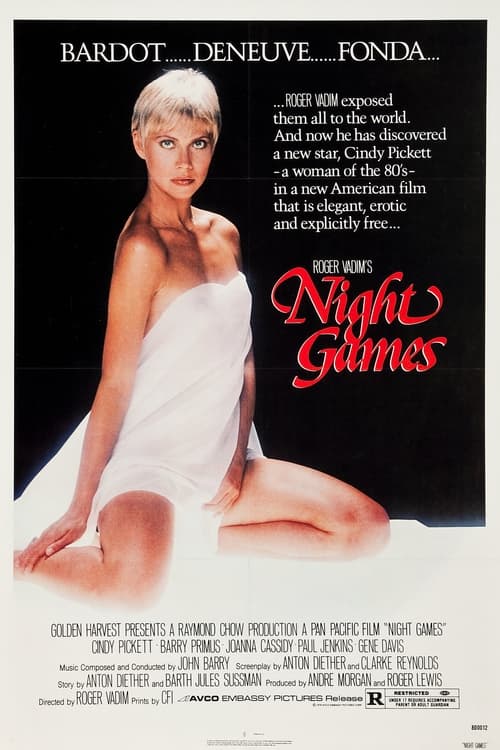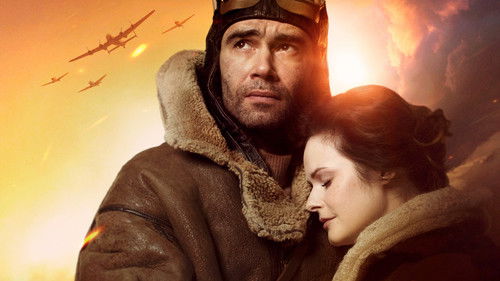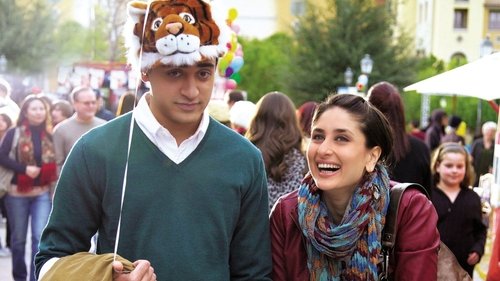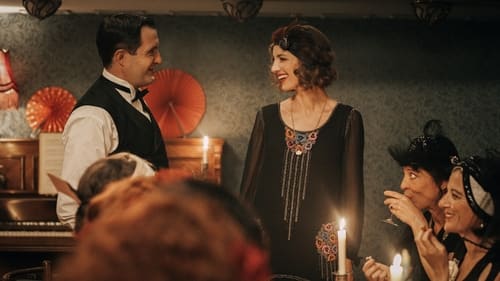Informações
Sinopse:
Duração: 01h40m
Data de lançamento: 11 de abril de 1980
Genêros: Drama.
(5 votos)
?
?

Sinopse:
Duração: 01h40m
Data de lançamento: 11 de abril de 1980
Genêros: Drama.

In answer to an orphan boy's prayers, the divine Lord Krishna comes to Earth, befriends the boy, and helps him find a loving family.

Jennifer Dulos é uma mãe de cinco filhos que sumiu misteriosamente em 2019. Seu marido, Fotis, de quem Jennifer estava se divorciando e principal suspeito do sequestro, se suicidou em 2020, mas sempre garantiu sua inocência. Por acaso ela ensaiou e forjou o seu próprio sumiço?

Dezembro de 1941, Frente Noroeste. Uma coluna de tanques alemães avança em direção a Moscou. Durante uma missão para impedir o avanço inimigo, o lL-2 de Nikolai Komlev é abatido. O piloto russo consegue fazer um pouso forçado com seu avião em uma clareira remota na floresta. Ele está vivo, mas em território inimigo.

Jura is 23 years old - and Lena is 23. They live in Budennovsk, play computer games, walk and learn. They live in a city where Shamil Basayev entered 23 years ago with militants, and know almost nothing about the events of that time.

Rahul and Riana meet each other for the first time, get drunk, and awake the next morning to find that they have gotten legally married to each other.

1916. Julien Delaunay is reported missing in action during the Great War. His wife, Julie, refuses to believe he is dead. 1919. When a photo of an amnesic drifter appears in the press, Julie immediately recognizes him as her beloved husband. They are reunited and, little by little, she helps him to fall in love with her again. Until another woman claims to be the man’s real wife…

A bogatyr is an epic warrior from ancient Kievan Rus. Most are directed in the traditional bylinas, traditional Russian epic poems, as being endowed with enormous strength and cunning, although often not completely immune to human weaknesses. Here, our three heroes gather together once more to rescue the ruler of the land from the attempts of an evil foreign queen. She plans to make him fall in love with her so her youth and beauty can be renewed, but in exchange will destroy his kingdom.

The two remaining puppets learn about eating healthy, but things go awry when they receive a mysterious phone call.